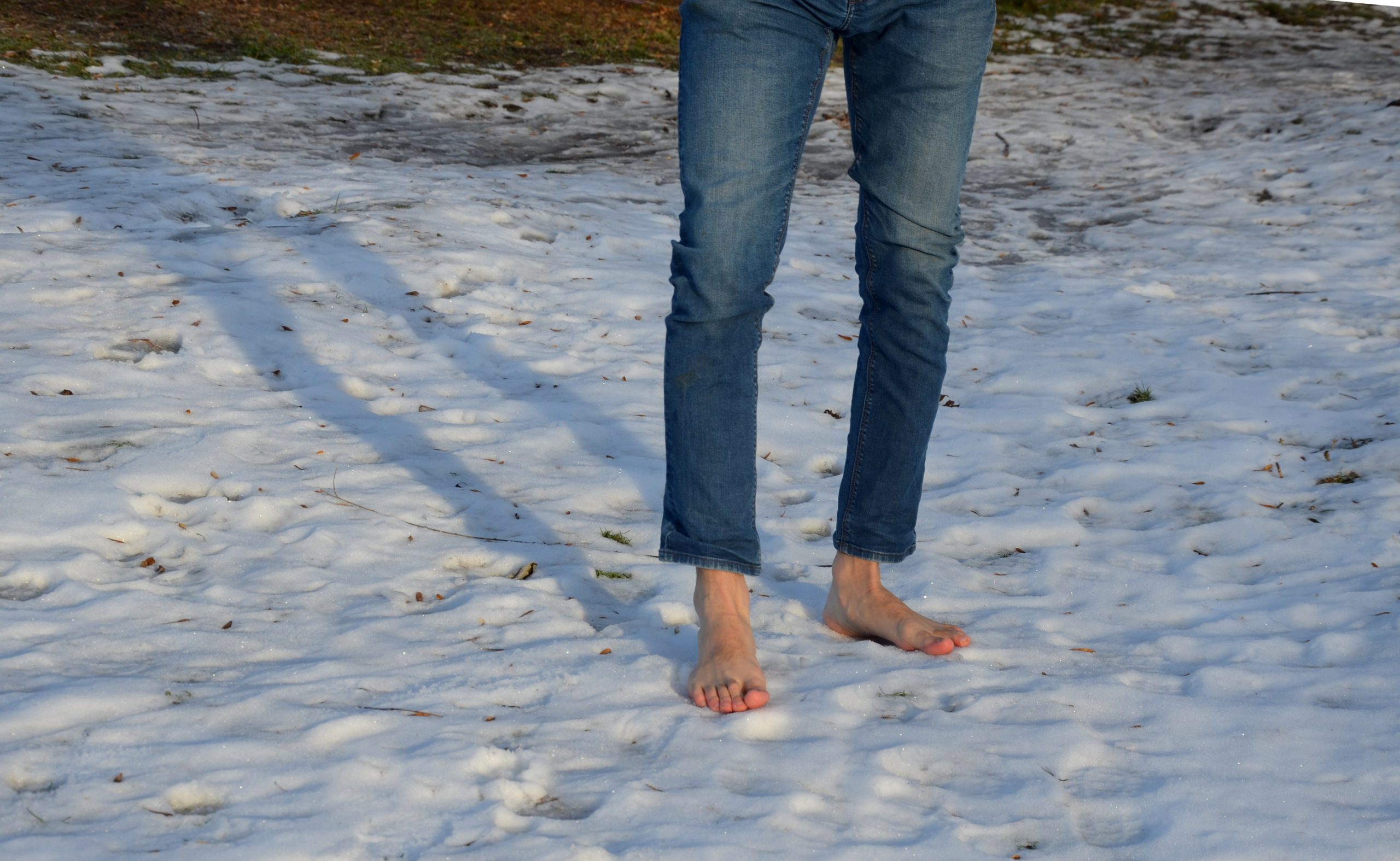
Although most people equate winter with practical annoyances, many overlook the degree to which it can harm one’s well being.
Of course, there may be more fever and cough, but the bitter cold will also inflict serious frostbite on the feet and hands.
Frostbite causes slight swelling and redness of the skin in the first stage.
Deep frostbite, on the other hand, causes long-term injury which may also result in amputation of the foot or toes.
Here are three suggestions for avoiding frostbite this season.
1. Check the weather before you go outside
You must remember more than just the colder weather while preparing your outings.
The type of frostbite that will develop is influenced by both the length of exposure and the strength of the wind.
You can use the following wind chill measure to help prepare your wardrobe and winter boots:
- From 0 to -9: The chance of frostbite is minimal if enough clothing is worn;
- From -10 to -27: The wind chill is mild, causing no pain if you are properly dressed;
- From -28 to -39: The risk of frostbite to the feet is high, and unprotected skin will freeze to death in 10 to 30 minutes;
- From -40 to -47: In this weather, there is a risk of frostbite within 5 to 10 minutes;
- From -48 to -54: Especially in strong winds, skin exposed to such cold can freeze to death in 2 to 5 minutes;
- At -55 and below: the risk of frostbite is very high, skin exposed to this temperature can freeze to death in less than 2 minutes.
2. Keep your feet dry
Many people are unaware that humidity plays a part in the development of frostbite on the feet.
Even more reason to avoid wet socks!
In no uncertain terms, sweat can be a serious nuisance for athletes who engage in sports such as climbing, cycling, or even fat biking.
Fortunately, there are several measures you can take to combat the humidity:
- You should air out your clothing if you already suffer from constant sweating, when the weather allows.
- Remember to bring a spare pair of socks in case your winter boots get wet or moisture accumulates within.
- Caffeine reduces blood supply to the extremities and increases the chance of frostbite on the foot, so avoid it.
- Be sure you have a breathable first layer of fabric to wick out some of the moisture.
3. Make sure to have winter boots that accommodate the morphology of your feet’s soles
It’s vital to buy winter boots that suit your lifestyle, but it’s much more crucial that they fit your feet.
Efficient frostbite winter boots should have the following characteristics:
- They leave enough space for your toes so that blood flow is not obstructed;
- They are waterproof, but do not prevent moisture from escaping;
- They are well-insulated to survive the freezing temperatures that your feet are subjected to during the winter;
- They are wide enough to fit an orthopedic brace such as foot orthoses or a support heel if necessary.
Fight frostbite with a podiatrist’s help
As we’ve shown, there is a wide range of frostbite reduction techniques.
However, when it comes to your feet, it’s often best to take extra precautions to avoid frostbite.
Are you looking for more ways to keep your feet safe this winter? Before the first snowfall, make an appointment with your PiedReseau podiatrist.

